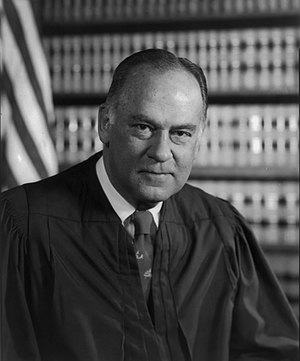 |
| English: Official portrait of Justice Potter Stewart. (Photo credit: Wikipedia) |
At the recent excellent conference at Seattle University, I was lucky enough to present a half-day session on Bullying and IDEA. The participants were very engaged in the presentation.
We began with the definition of bullying, and we found that the definition of bullying is much like Supreme Court Justice Potter Stewart's infamous response when he was asked to define obscenity and he replied that he was not sure if he could define it, but he knows it when he sees it.
We decided that one element is an intention to harm or harass. There is no negligent bullying, and the bully must have some foul motive.
Another core element is repetition. A single act of violence, no matter how bad, is not bullying. It has to be repeated.
The final element is an imbalance of power, or at least a perceived imbalance of power. Two combatants even if engaged in repeated battle, are not involved in bullying.
We toyed with some other components of a definition of bullying, but none of them got the traction of consensus that the three elements listed above received. So what do you think of this definition of bullying?
We then had some fun applying the definition to an array of hypotheticals. My favorite was the famous legal case of Bugs Bunny vs. Elmer Fudd. We all agreed that Mr Fudd had a disability. At first, I had people convinced that Bugs was a bully, and I was afraid that my Saturday morning cartoon enjoyment would be forced to come to an end. Upon reflection, however, Bugs was exonerated on the theory that Fudd's rifle eliminated any imbalance of power based upon Bugs' superior intellect.





